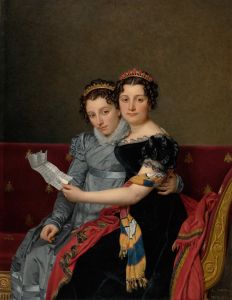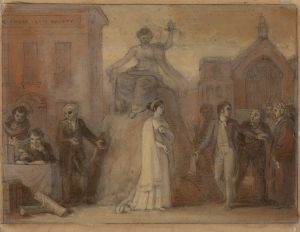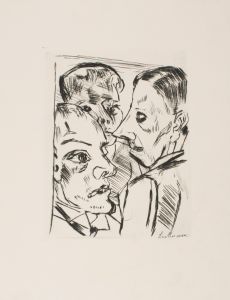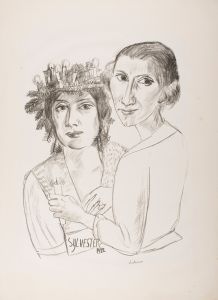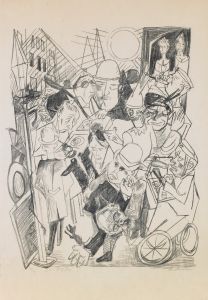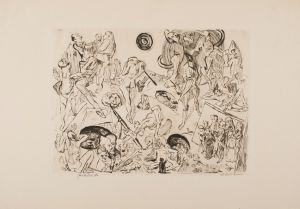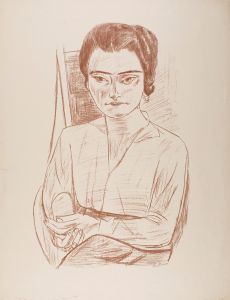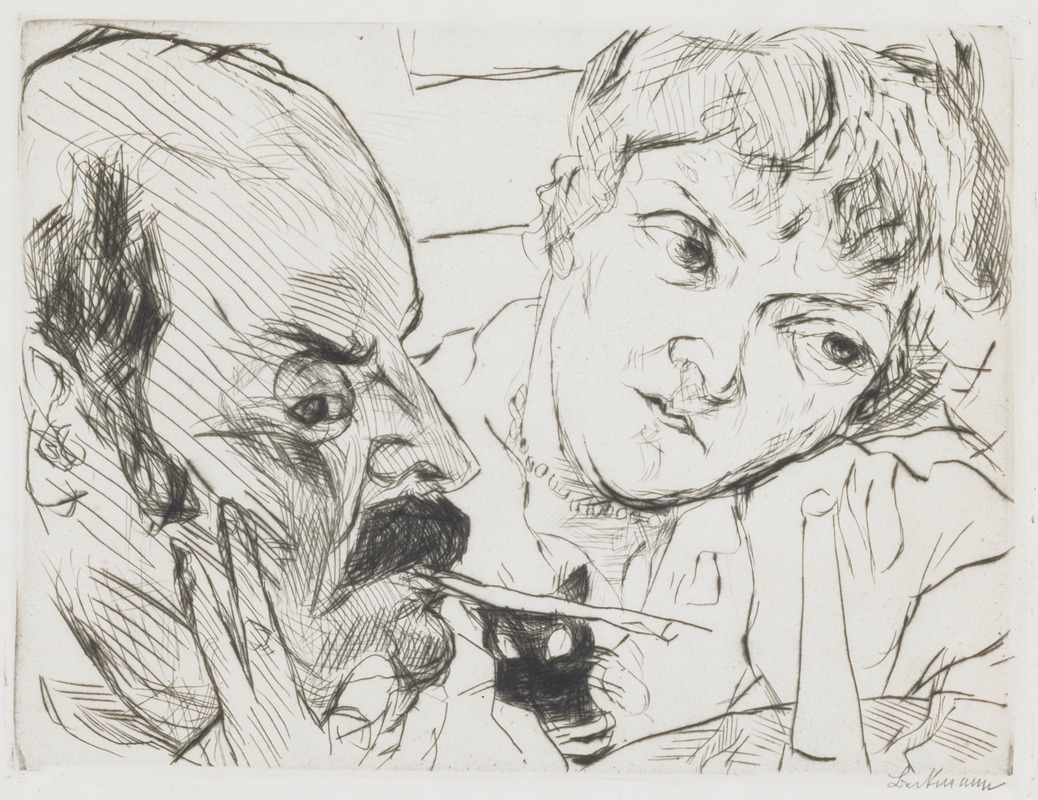
Battenbergs
A hand-painted replica of Max Beckmann’s masterpiece Battenbergs, meticulously crafted by professional artists to capture the true essence of the original. Each piece is created with museum-quality canvas and rare mineral pigments, carefully painted by experienced artists with delicate brushstrokes and rich, layered colors to perfectly recreate the texture of the original artwork. Unlike machine-printed reproductions, this hand-painted version brings the painting to life, infused with the artist’s emotions and skill in every stroke. Whether for personal collection or home decoration, it instantly elevates the artistic atmosphere of any space.
Max Beckmann was a prominent German painter and printmaker, associated with the New Objectivity movement, which emerged in Germany in the aftermath of World War I. Beckmann's work is known for its expressive style and often complex, symbolic content. One of his notable works is "Battenbergs," though specific details about this particular painting are not widely documented in public sources.
Max Beckmann was born on February 12, 1884, in Leipzig, Germany. He studied at the Weimar Academy of Art and quickly became known for his skillful technique and innovative approach to painting. Beckmann's early work was influenced by Impressionism and Post-Impressionism, but his style evolved significantly over the years, especially after his experiences during World War I, where he served as a medical orderly. The trauma of the war had a profound impact on him, leading to a darker, more introspective style.
The New Objectivity movement, with which Beckmann is often associated, was a reaction against the emotional intensity and abstraction of Expressionism. Artists within this movement sought to depict reality with a more sober and critical eye, often focusing on the social and political issues of the time. Beckmann's work, however, retained a unique blend of realism and symbolism, setting him apart from other artists in the movement.
"Battenbergs" is one of Beckmann's works that reflects his mature style, characterized by bold colors, strong lines, and complex compositions. While specific information about the painting "Battenbergs" is limited, Beckmann's oeuvre often includes themes of existential reflection, the human condition, and the tumultuous socio-political landscape of early 20th-century Europe. His paintings frequently feature allegorical figures and scenes that invite viewers to interpret their deeper meanings.
Throughout his career, Beckmann's work was shaped by the political upheavals of his time. In the 1930s, the rise of the Nazi regime in Germany had a significant impact on his life and work. The Nazis labeled his art as "degenerate," and he was dismissed from his teaching position at the Städelschule in Frankfurt. In 1937, Beckmann fled Germany and eventually settled in Amsterdam, where he continued to paint and exhibit his work.
After World War II, Beckmann moved to the United States, where he taught at Washington University in St. Louis and later at the Brooklyn Museum Art School in New York. His work gained recognition and acclaim in the United States, and he continued to produce significant paintings until his death in 1950.
Max Beckmann's legacy is marked by his ability to capture the complexities of the human experience through his art. His paintings remain influential and are celebrated for their emotional depth and technical mastery. While specific details about "Battenbergs" are scarce, it is likely that the painting embodies the distinctive qualities that define Beckmann's body of work.
For those interested in exploring Beckmann's art further, his works are held in major museums and collections worldwide, offering a glimpse into the mind of an artist who navigated the challenges of his time with resilience and creativity.





